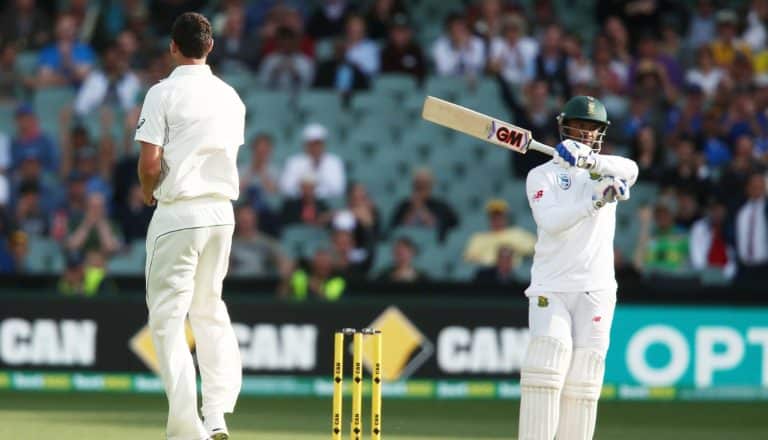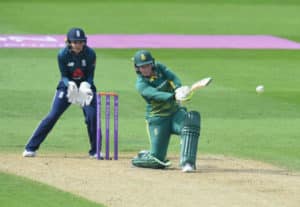The significant changes include changes to the Decision Review System, a restriction on the dimensions of the bat and the introduction of player send-offs for misconduct.
The most important is one which has annoyed viewers for some time: losing a DRS on an subjective ‘umpires call’.
Now, a review will not be lost in case of a decision that remains unchanged, solely as the result of an ‘umpire’s call’. To add balance, there will be no more top-up reviews after 80 overs of an innings, meaning that there can only be two unsuccessful reviews in each innings, while the DRS will now also be allowed to be used in T20Is.
There are several adjustments to catches: a batsman can now be out caught, even if the ball bounces off the helmet worn by a fielder or wicket-keeper. This applies to stumpings and run-outs, too.
For boundary catches, airborne fielders making their first contact with the ball will need to have taken off from within the boundary, otherwise a boundary will be scored.
Another unfair practice is being abolished: a batsman being run out when, after making his ground in a dive, the bat bounces up off the ground at the moment when the ball hits stumps.
The rule now reads: ‘If a batsman is running or diving towards the crease with forward momentum, and has grounded his/her bat behind the popping crease but subsequently has lost contact with the ground at the time of the wickets being put down, the batsman will not be run out’. The same interpretation will also apply for a batsman trying to regain his/her ground to avoid being stumped.
The ICC general manager of cricket, Geoff Allardice, said: ‘We have just completed a workshop with the umpires to ensure they understand all of the changes and we are now ready to introduce the new playing conditions to international matches.’
To maintain the balance between bat and ball, the playing conditions now restrict the size of the edges of the bats as well as their thickness. The restriction on the length and width of bats remain unchanged but the thickness of the edges can’t be more than 40mm and the overall depth can be 67mm at the most. Umpires will be issued with a new bat gauge, which they can use to check a bat’s legality.
In a new playing condition pertaining to players’ conduct, a player can now be sent off the field for the rest of the match for any serious misconduct, meaning it will apply to Level 4 offences while the Level 1 to 3 offences will continue to be dealt with under the ICC Code of Conduct.
Threatening to assault an umpire, making inappropriate and deliberate physical contact with an umpire, physically assaulting a player or any other person and committing any other act of violence all constitute Level 4 offences.
ALSO WATCH: New playing conditions explained
Photo: Morne de Klerk/Getty Images





